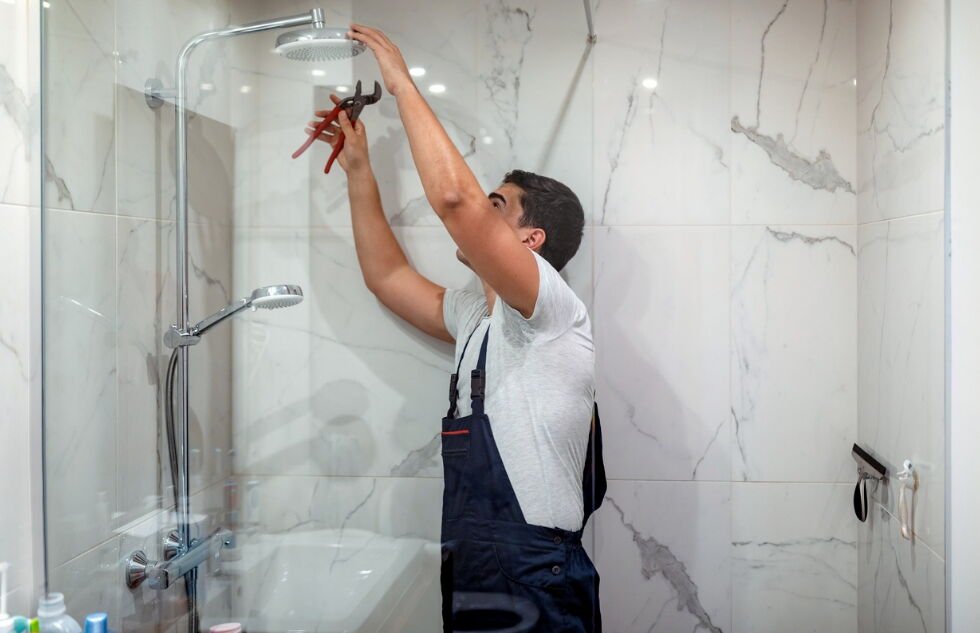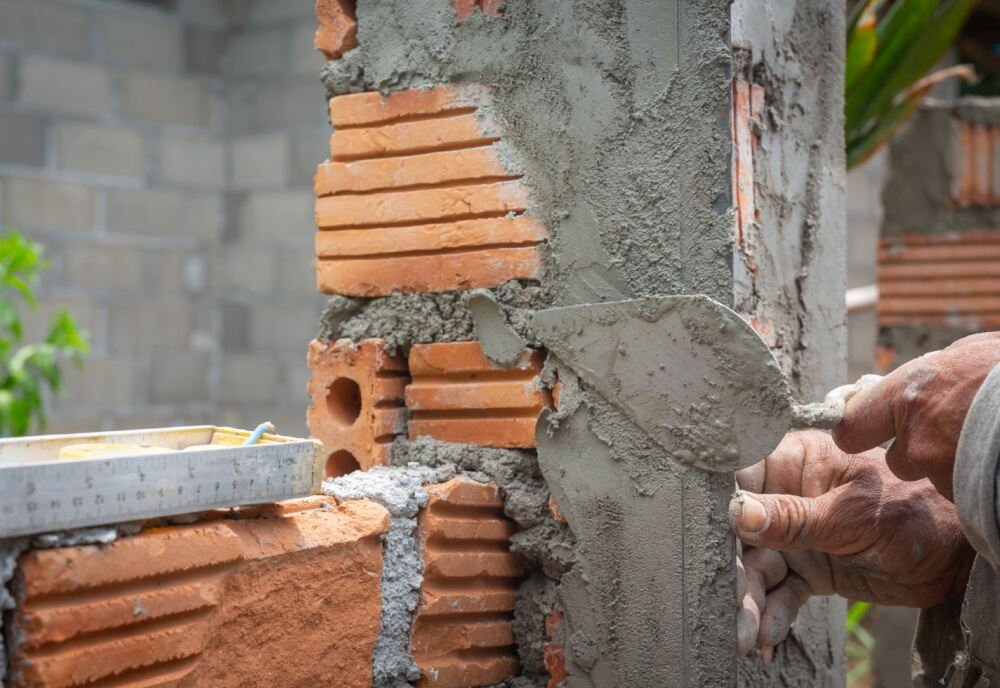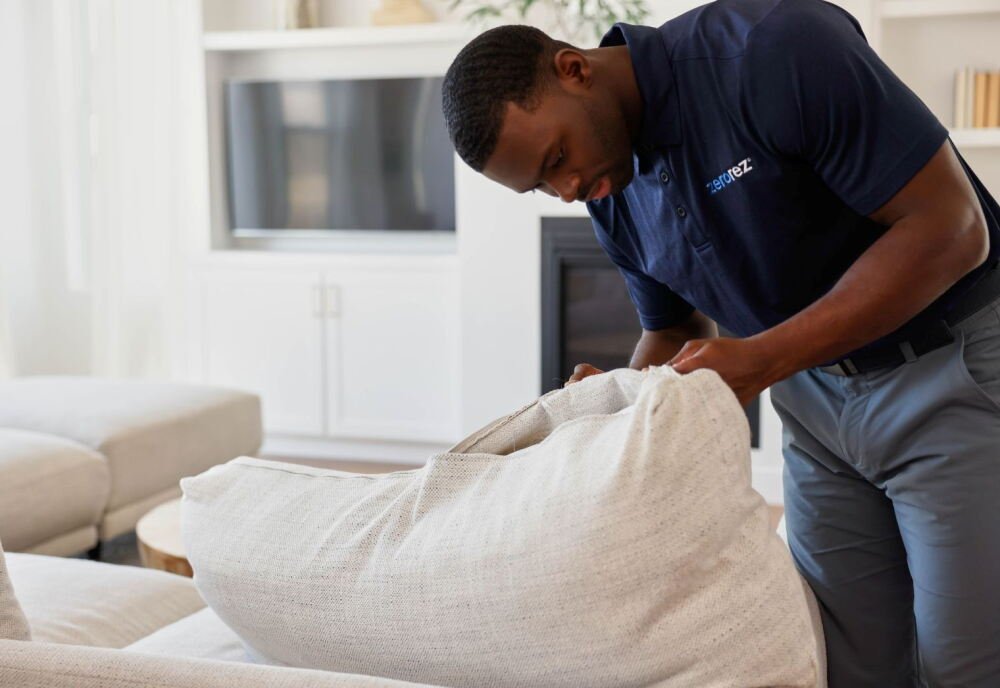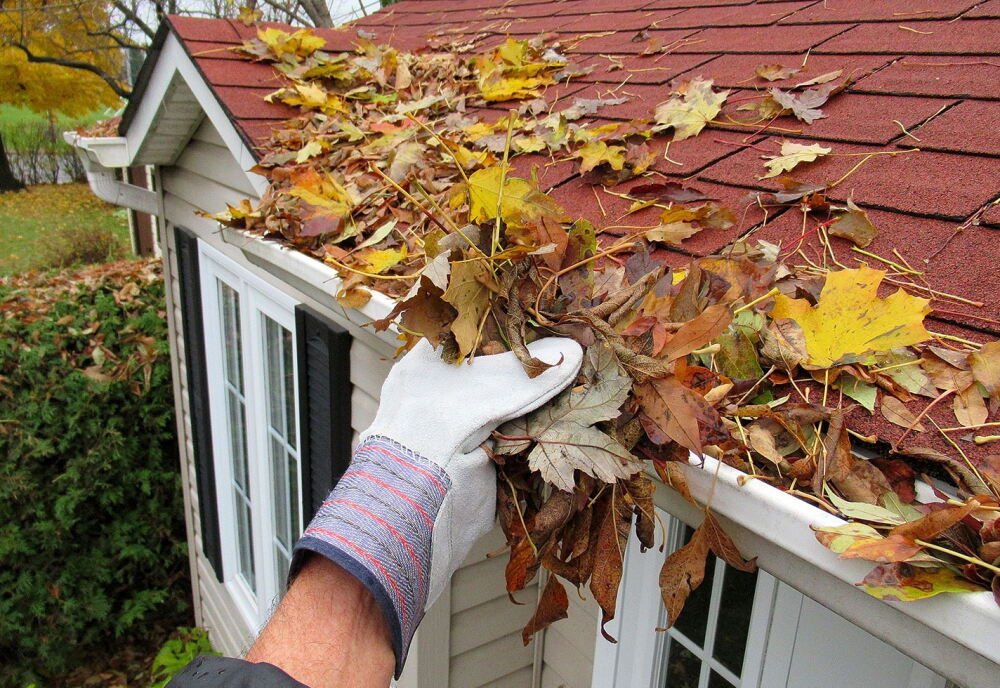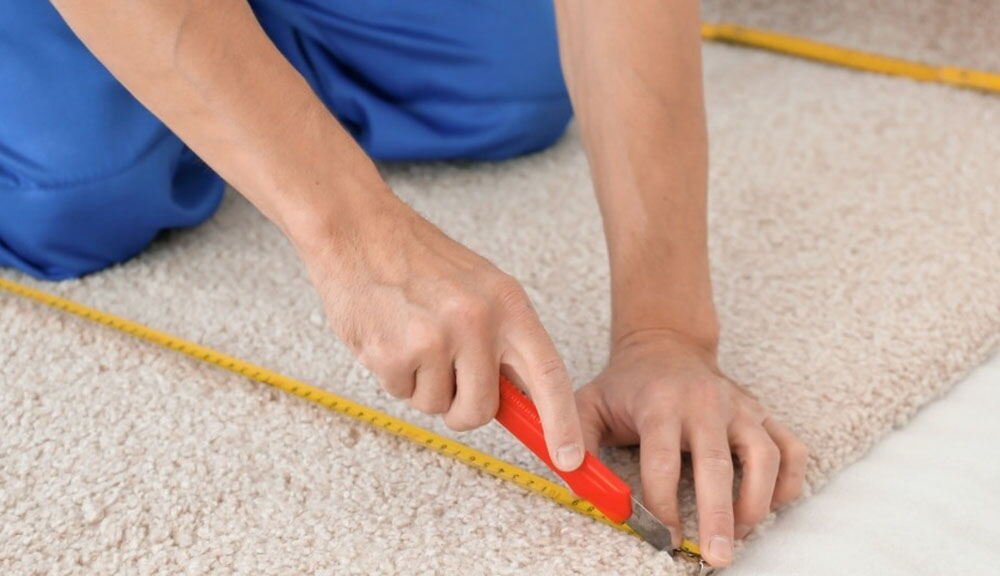Introduction to Shower Installation
Installing a new shower is more than just a home improvement task; it’s an opportunity to enhance the overall aesthetic and functionality of your bathroom. However, many homeowners underestimate the complexity involved in shower installation. Without adequate preparation and knowledge, you risk making costly mistakes that could lead to leaks, mold growth, and other serious issues down the line. Here, we outline common pitfalls to avoid during shower installation and provide valuable tips to ensure a successful project.
1. Thorough Planning is Key
One of the most common mistakes in shower installation is insufficient planning. Before diving into the project, it’s essential to detail the design elements, plumbing requirements, and overall layout. Failing to consider these factors can lead to a poorly configured shower space.
How to Avoid It: Take precise measurements and consider the existing plumbing layout. Using design software or consulting a professional can help you visualize the final result. This step is crucial to ensure your plan complies with local building codes and fits your lifestyle.
2. The Vital Importance of Waterproofing
Waterproofing is a critical component of any shower installation. Yet, many homeowners overlook its significance, leading to issues like leaks and mold. A well-waterproofed shower protects your home’s structure and maintains a hygienic environment.
How to Avoid It: Invest in quality waterproofing products such as membranes and backer boards. Ensure all surfaces, including walls and floors, are treated properly to prevent moisture intrusion. Pay particular attention to corners and joints, where water is most likely to seep through.
3. Selecting the Right Materials
Choosing the wrong materials can significantly affect the longevity and performance of your shower. Many individuals opt for aesthetically pleasing materials without regard to their moisture resistance and durability.
How to Avoid It: Opt for materials designed for wet environments, such as porcelain or ceramic tiles, which offer better water resistance. Use high-quality epoxy grout and fixtures made from corrosion-resistant materials like stainless steel to ensure a long-lasting installation.
4. Ensuring Proper Drainage
A proper slope in your shower floor is essential for effective drainage. An incorrect slope can either lead to discomfort while showering or water pooling, promoting mildew and mold growth.
How to Avoid It: Aim for a consistent slope of 1/4 inch per foot towards the drain. This ensures adequate water flow while maintaining comfort. If you’re uncertain about achieving the correct slope, consult with a professional to avoid costly corrections later.
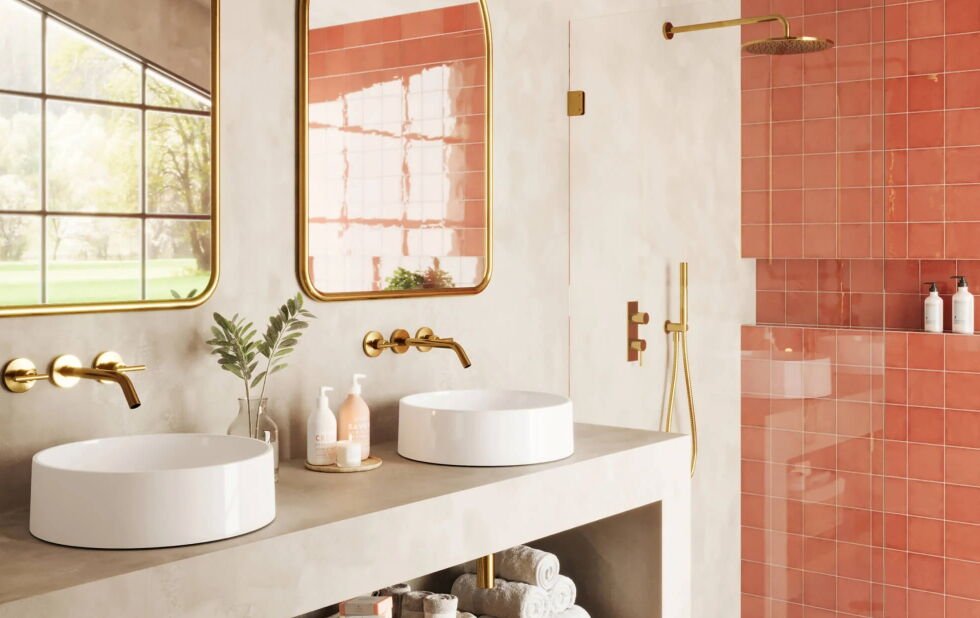
5. Correct Drain Placement
While it may seem trivial, the placement of the shower drain can dramatically affect water flow and usability. A poorly located drain can lead to stagnant water and issues with drainage.
How to Avoid It: Position the drain at the lowest point of the shower floor, ideally centered. Before finalizing your installation, conduct a water flow test to confirm that drainage operates efficiently with no pooling.
6. The Importance of Ventilation
Inadequate ventilation can lead to moisture buildup, resulting in mold and potential structural damage. Many homeowners neglect this aspect in their shower installation process.
How to Avoid It: Install an efficient bathroom exhaust fan to eliminate moisture from the air. Choose a fan that is appropriately sized for your bathroom and make it a habit to run it during and after showers to maintain a dry environment.
7. Avoiding DIY Plumbing Errors
Many homeowners attempt to handle plumbing themselves, leading to issues like leaks and code violations. Without the necessary skills, this can backfire, leading to expensive repairs.
How to Avoid It: If you’re not proficient in plumbing, hire a licensed professional to manage this aspect of your shower installation. A qualified plumber will ensure that all components are correctly installed and compliant with local standards, safeguarding your investment.
8. Patience During Installation
Rushing through the installation process can lead to mistakes, including misaligned fixtures and poor waterproofing. Each step requires time and attention to detail for a successful outcome.
How to Avoid It: Allow sufficient time for each phase of the installation, including curing time for adhesives and grout. Follow the proper sequence of steps diligently. Taking the time to do it right now will save you from headaches and potential repairs in the future.
FAQ
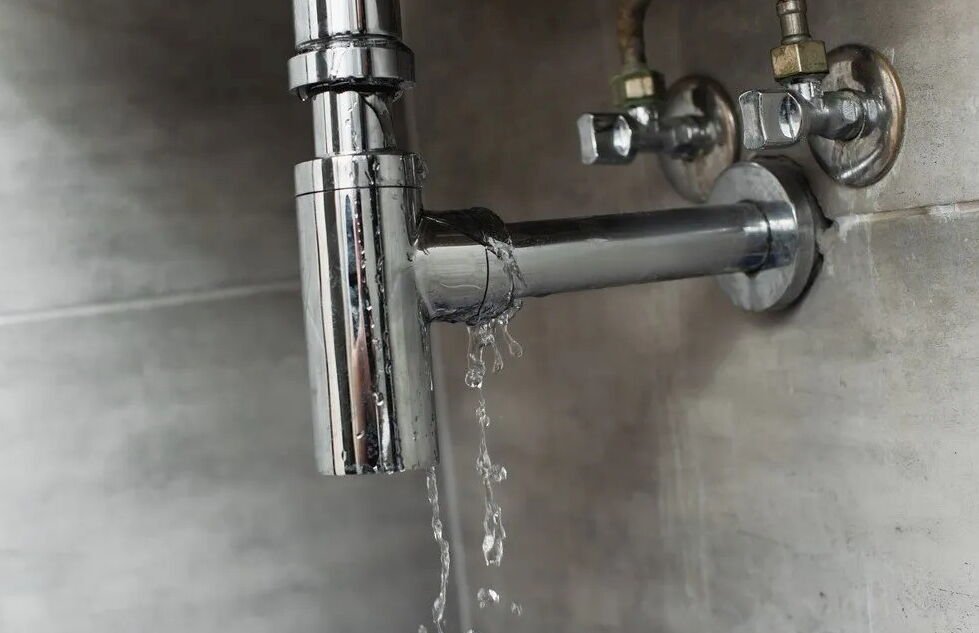
What are the most common mistakes made during shower installation?
Common mistakes include poor planning and design, neglecting waterproofing, choosing the wrong materials, improper floor slope, incorrect drain placement, skipping the shower liner, neglecting ventilation, DIY plumbing errors, misaligned fixtures, and rushing the installation.
How can I ensure proper waterproofing for my shower?
Invest in high-quality waterproofing materials like membranes and backer boards. Apply them to all areas exposed to water, ensuring all corners and joints are secured with no gaps.
Why is proper drainage important in shower installation?
Proper drainage prevents water pooling, which can lead to mold and mildew growth. It also ensures comfort during use, as well as the longevity of the shower materials.
Should I hire a professional for plumbing work?
Yes, if you’re not experienced in plumbing, it’s advisable to hire a licensed professional to ensure all plumbing components are correctly installed and compliant with local building codes.


